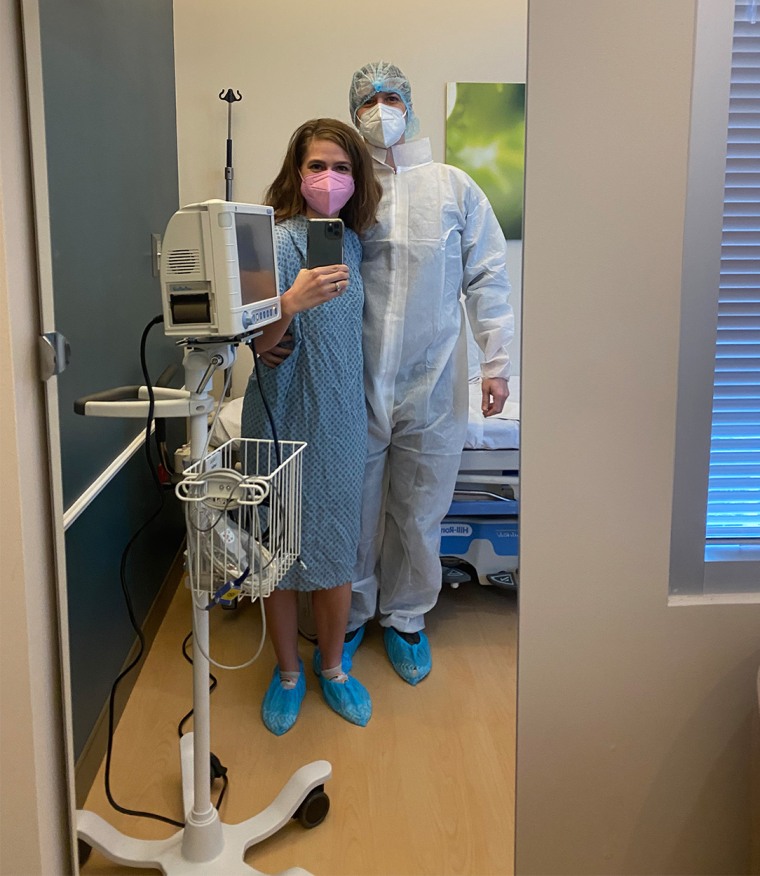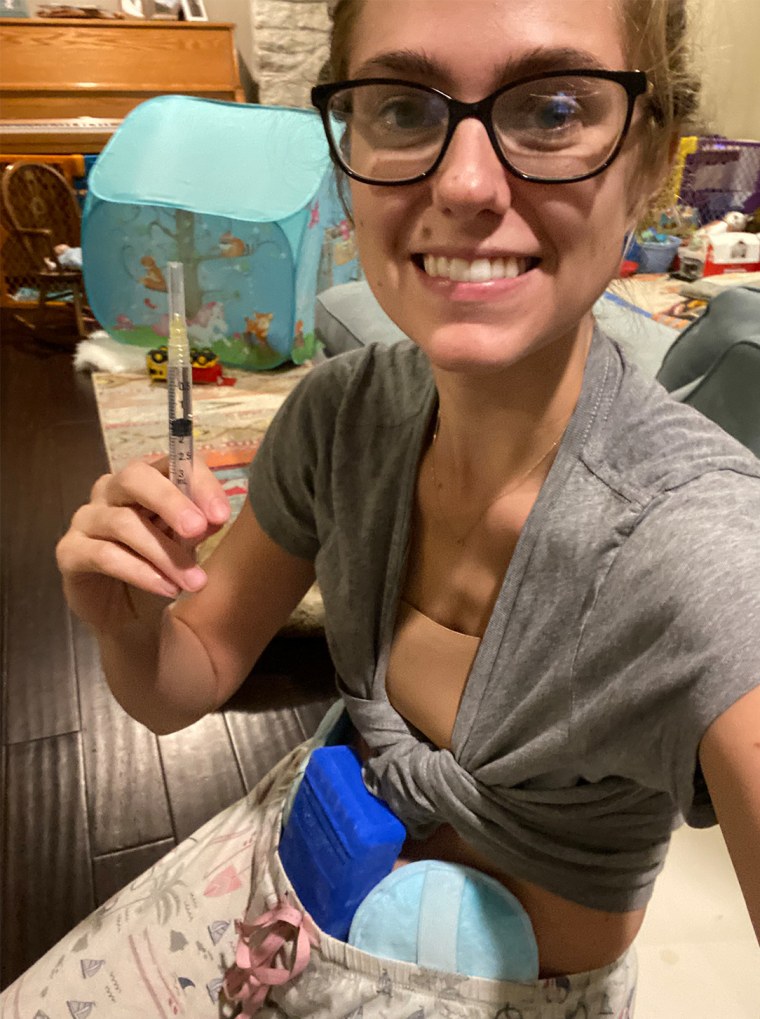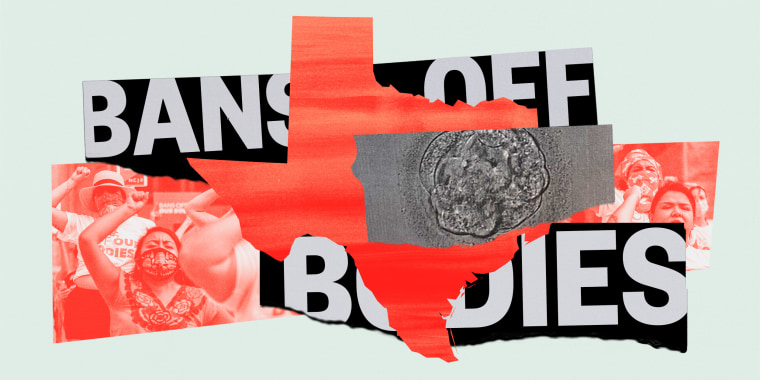When Roe v. Wade was overturned earlier this summer, I felt nearly as queasy as when I found out our in vitro fertilization treatment didn’t work. After months of injections, endless waiting and tens of thousands of dollars, the transfer of our sole genetically normal embryo had failed. Complicating my grief was guilt because I already had a child, unlike those who face infertility. My husband and I conceived our 3-year-old son without issue, so these struggles blindsided us. We had no idea that 11% of couples trying to conceive face secondary infertility.
Following the Supreme Court’s decision, the Texas government almost immediately reinstated an abortion ban from 1925. This old law penalizes performing an abortion through fines, lawsuits and possibly prison time of 2 to 10 years. Beginning Thursday, when Texas’ severe trigger law takes effect, the stakes will grow even higher. Providing an abortion will be categorized as a first-degree felony, punishable by up to life in prison.
While I understood these new restrictions would have dire consequences for human rights, pregnancy safety and miscarriage care, it took a moment for me to realize the harm they could also place on IVF.
While I understood these new restrictions would have dire consequences for human rights, pregnancy safety and miscarriage care, it took a moment for me to realize the harm they could also place on IVF, which my husband and I had hoped to pursue again soon.
Now, our plans are on hold.
Of concern is that some new state laws characterize life as beginning at fertilization or conception. The new abortion ban in Texas defines an “unborn child” as “an individual living member of the homo sapiens species from fertilization until birth, including the entire embryonic and fetal stages of development.” This language could cause issues for IVF.
Banning abortion has drastic implications for reproductive technology, which up to 15% of couples may need. Fertility specialists are sounding the alarms. No laws exist that explicitly deny IVF yet. However, the waters could get murky. If an embryo is the same as a person in the eyes of the law, is discarding one the same as abortion? Homicide?
IVF works by stimulating the ovaries to produce more eggs than one would naturally. Once combined with sperm in a controlled lab setting, the hope is that these eggs become fertilized and grow into embryos. If embryos are created, the doctor will then implant the best one or two into a woman’s uterus. Hopefully, this leads to pregnancy.

Before the transfer, patients often test their embryos to rule out genetic abnormalities and improve their chances of success, as I did. My doctor retrieved 19 eggs, and after some expected attrition, we ended up with five embryos. I was ecstatic until I learned only one of them tested normal. Our genetic counselor explained that our “abnormal” embryos carried chromosomal irregularities that were “incompatible with life,” meaning they’d likely fail to implant or miscarry. Both she and my doctor cautioned that “normal” ones only have a 60%-70% chance of working out.
Some women choose to freeze their embryos for later use. If people have extra after completing their family, they can decide whether to discard them as medical waste, give them to others trying to conceive, or donate them to scientific research. It’s a very personal choice, yet the underlying assumption, built out of Roe v. Wade, is that an embryo is not a person. As I’m tragically aware, even a “normal” one does not necessarily make a baby.
After our loss last winter, I decided to give my body and bank account a break from IVF. I’m 34, so I thought we had time. I underwent endometriosis excision surgery, as studies show this can improve fertility, and unlike in vitro, this procedure was mostly covered by insurance. We tried again on our own, each cycle ending with another negative pregnancy test.
It took therapy, walks and a newfound hobby of pollinator gardening to process my grief. Still, my heart couldn’t let go of wanting another baby, a sibling, for my son. As spring turned to summer, I was ready to suck up the emotional, physical and financial toll of IVF and schedule an egg retrieval for the fall.

All that changed when the Supreme Court took away reproductive rights. After years on this nauseating, never-ending rollercoaster, we’ve approached a perilous curve. For the first time, I doubt whether I’ll try for another child. Unless the November midterm elections deliver a change in leadership, my husband and I will likely make the heartbreaking choice to forgo treatment to expand our family.
Some anti-abortion advocates have called for lab-created embryos to have more “protection.” And while some state attorneys general have claimed that IVF is not a present target, others have stayed silent. The attorney general’s office in Idaho said that it would defer to local prosecutors.
While some state attorneys general have claimed that IVF is not a present target, others have stayed silent.
I’m worried about what additional laws or enforcement policies could come out of the upcoming Texas legislative session. If I seek reproductive assistance and I’m lucky enough to have more embryos than I need, will I get a say in what happens to them? Will I be forced to pay for their storage indefinitely if I’m not comfortable donating them? Will I be forced to transfer ones that are chromosomally abnormal? These uncertainties are why many are moving their frozen embryos to states without abortion bans, but that process isn’t easy or cheap.
Infertility is already so hard. The last thing I want is more pain and lack of control while trying to grow my family.
For now, I’ll keep my son’s old clothes and baby toys stored in our garage, but we’re running out of room. I’m encouraged by how Kansans of all political backgrounds recently voted to keep abortion rights in their Constitution.
However, if Texas re-elects the same extreme leaders in November, I’ll have to accept that my family will stay smaller than I’d dreamed. Let’s not forget that it was Texas Attorney General Ken Paxton who sued the Biden administration in July for providing federal guidelines that doctors should provide abortions in life-threatening emergencies.
How ironic that reversing Roe could lead to someone like me, who wants more children, to stick with one. While anti-abortion advocates claim their goal is to promote life, the new laws could do the opposite.
